Being able to photograph something that is not visible to the human eye is immensely satisfying. A few years back, I relied on the standard macro setting of my SLR. If I wanted an extreme close-up, I just shoved my head among the bees and got as near to my subject as my standard lens would allow. Flowers were, and still are, fascinating to photograph and I love being able to see the intricate detail inside.
I invested in a macro lens a couple of years ago. I was thrilled when it arrived but quickly became frustrated as I couldn’t achieve the results I wanted. The margin for error is huge and it was a very different experience to what I was used to. It took a while to familiarise myself with it and now I love it. But macro photography isn’t about having a good lens, it’s about your approach to your subject and using your eyes to visualise what the end result should be. Your equipment doesn’t necessarily make you a good photographer, you do.
There are a number of different cameras and cameras types you can use for close-up photography. Many of these are already well suited to macro or they can be adapted to suit. Here are a few of the options:
Camera phones
The picture quality from most mobiles is pretty good these days making them great for point-and-shoot close-ups. If this is the route you’d prefer to go down, it’s worth investing in an attachment like theSquidCam, Eye Scope or Olloclip. These clip onto your iPhone for example, providing a high level of magnification. Tips on taking close-ups with your iPhone can be found here.
Compact and bridge cameras
There are a huge number of compact and bridge cameras available, the latter providing greater control. Many have a good level of magnification and a dedicated macro mode (flower symbol). This is specifically for close-ups and enables you to photograph just a few centimetres from your subject. You need control over aperture to vary your depth of field. With an aperture of f/4 the depth of field is narrow and with f/22 it is much larger.
Compact system cameras (mirrorless cameras)
Compact system cameras offer the benefits of an SLR but with a lower price tag. They have big sensors, interchangeable lenses, and advanced controls, but in a smaller, lighter body.
Digital SLR’s
If you take macro photography seriously, a digital SLR is the best option as it provides the greatest versatility, speed, image quality and level of control. Macro lenses can be expensive but there are other alternatives available if you’re on a budget. These include extension tubes which fit between your camera and your lens.
Tips for taking better close-up photographs
You can capture anything close-up but it’s good to see the image before you take it – choose your focal point. Be mindful of time of day and backgrounds – both can impact the end result. Keep it simple and aim to shoot from above or below if feasible. Look for repetition and diagonal lines. Make sure your subject isn’t damaged – especially applies if capturing insects. A tripod is great if you have shaky hands although you can teach yourself to stay still. I’ve found using your body, the wall or the ground is just as effective!
This is the first in a series of posts about macro photography in conjunction with the Macro Photography Project. You can link up your posts with PODcast (June Linky is here) or join in on Instagram using #macrophotoproject.
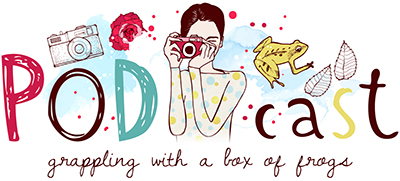
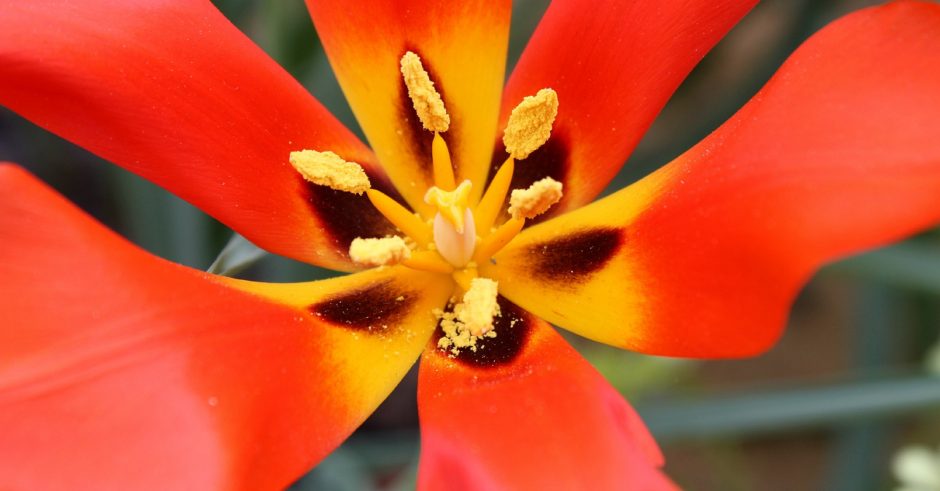



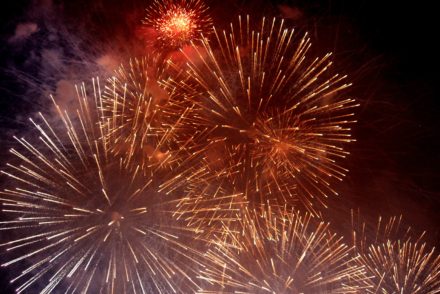
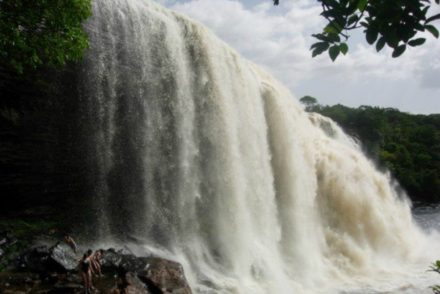
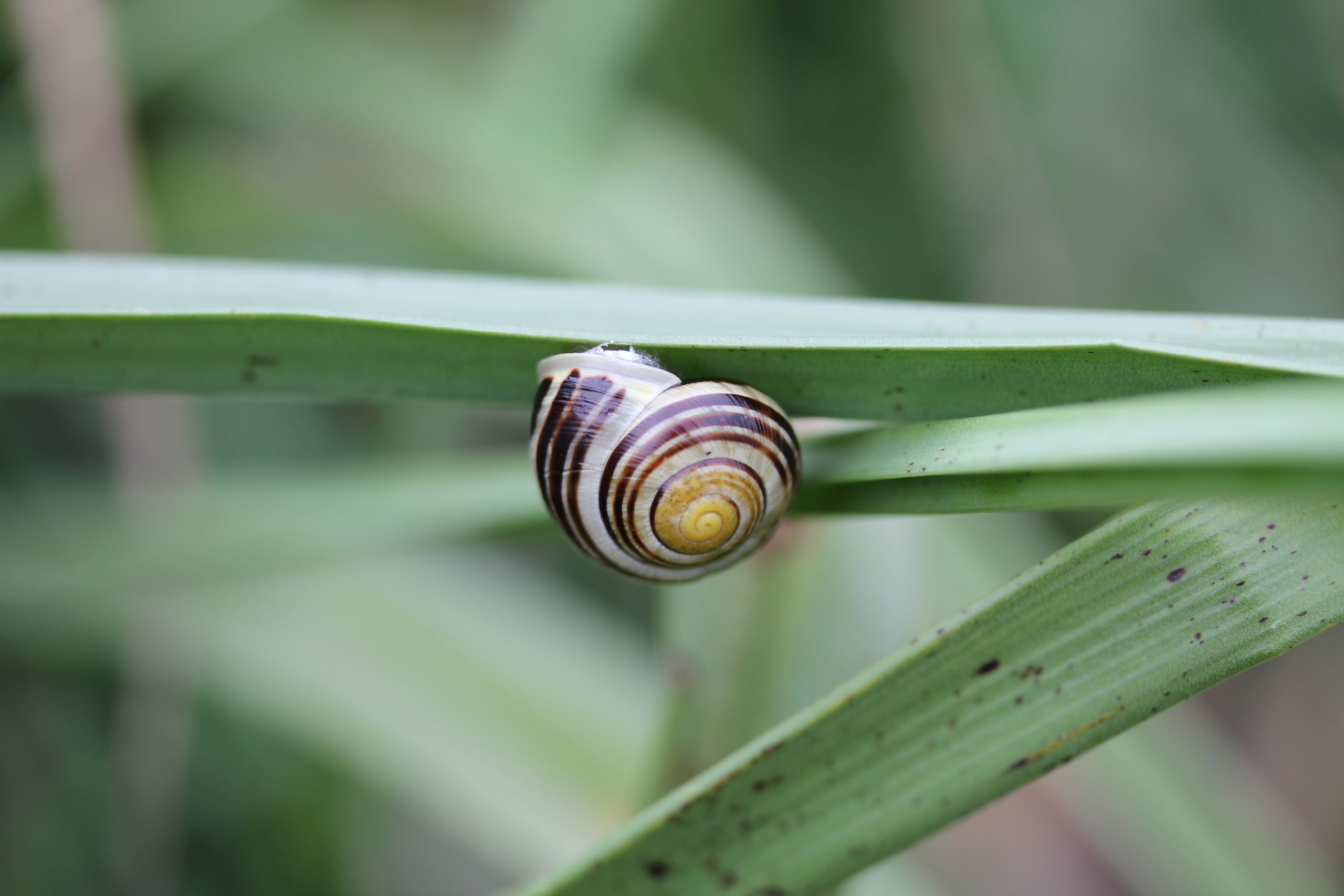

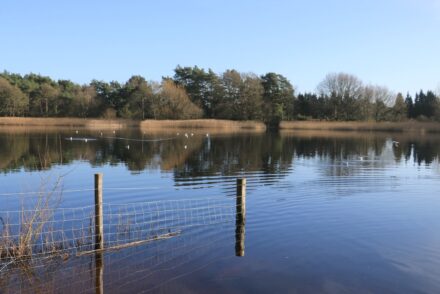

I love macro photography. I have a bridge camera and it gives me some great shots, but one day, I’ll save up for that DLSR and macro lens and really get into those EXTREME macro pics, like the bug eyes!
I want to join in on this , this week , I shall study these tips and make you proud
These are ace pictures. I am lusting after a macro lens for my DSLR, but there are other things I need first. I do love your photography Charly. You really capture some amazing moments.
Helpful! A lot of times I use my camphone to take macro shots as it gets better macro photos than my slr!
I have a bridge camera and find it excellent but I think I would need a DSLR for proper close up macros pics
Great tips. I’d love a macro lens x
Well this has inspired me to get my camera out again.
Your photos are fantastic I especially like the last one, beautiful colours.
This is something I am still trying to get the hang of x
Great advice thank you. I love Macro images and loved my olloclip
Great tips thank you. I got a set of extension tubes this week and am still playing with them. I have got a few great shots but by luck more than skill. I will join in your linky when I get the hang of it. I love macro photos and the wonderful detail they capture.
I love this post – I really want to get better at doing close up photography 🙂 x
I really want to improve my photography. Thank you for sharing your tips.
Fabulous tips – my daughter and I are both getting really into photography at the moment – she has just upgraded to a nice dslr with a couple of lenses, including a macro one. I have a Nikon 1 – a sort of half way house as not feeling quite ready for a full DSLR – partly as am always in a hurry to stop the 3 year old falling in the river etc!!
i have always had trouble with close up focusing
Lovely pictures. I’d love to get a macro lens, but just now the price is putting me off (that and the fact that I have a photographic shopping list a mile long).
You have a real talent there. My Dad bought me DLSR for Christmas but I still haven’t got to grips with it
Really helpful. I prefer using my phone at the moment and get by far the best shots. My csc I struggle – I just can’t get close enough without it blurring. I did buy a macro extension but again struggle a bit, so need to work on that until I get round to investing in a macro lens.
Love the photos – I really want to get into using my camera properly – this is really inspiring.
Great tips, I love using macro on my camera
Great advice, just getting the hang of macro on my camera but want to practice using it in manual mode
I love these, must investigate a lens, but don’t think I can get one. Love your photographs though x
Thanks for the tips! Macro is my favourite form of photography, not that I’m actually any good at it, mind you! x
I have a fantastic DSLR and really must learn to use it properly! Thank you for sharing. Kaz x
[…] I use a 60mm lens for my macro photography these days but there are a number of options available. From camera phones with attachments to compact and bridge cameras, mirrorless cameras and of course SLR’s. This post summaries some of the options. […]
I really want to get to grips with this. I’m still very much set on auto macro setting, I can achieve some lovely shots, but I so want to get in even closer. I have so much to learn, I’m thinking of extension tubes as a starting point, but hope I don’t still feel it’s not enough.